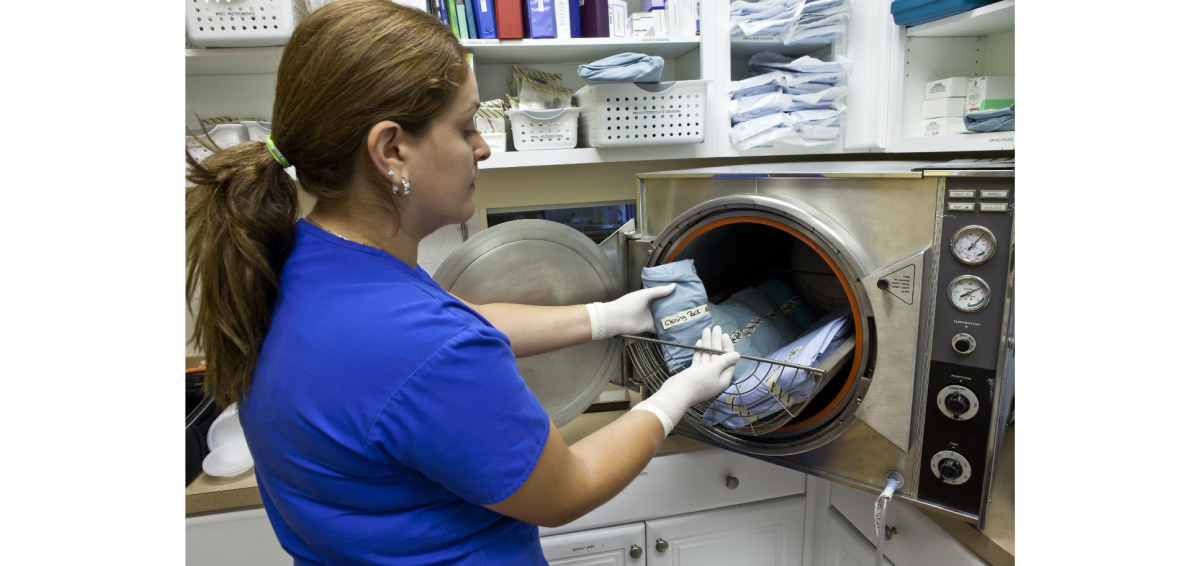In the battle against infectious disease, sterilization of medical instrumentation is one of the most important steps to keeping patients safe. Various methods are used in modern hospitals to sterilize equipment, from steam sterilization to hydrogen peroxide. However, the most effective tool remains Ethylene Oxide Gas (EOG or EtO), a highly reactive gas that can penetrate most surfaces of the object being sterilized without destroying it. EOG is critical to keeping endotracheal intubation tubes used in ventilators for COVID-19 patients from spreading bacterial infection.
Our hospital employees wear dosimeters to measure their exposure to EOG, but are the dosimeters they use sensitive enough to really measure the full danger to which they are exposed? Are all of the employees who are potentially exposed wearing dosimeters? While EOG has a sweet smell, the odor cannot be detected below about 700ppm. As it is an eye, skin, and respiratory irritant in low concentrations, the current OSHA limit for EtO exposure is 1ppm time weighted average over 8 hours, with a 5ppm excursion over 15 minutes during that time. Dosimeter technology is designed to test to the OSHA level and no further.
In December of 2016, the EPA published a new study (EPA/635/R-16/350Fa) showing long term cancer risks of exposure to EOG were as low as 20ppt over many years, or 50,000 times lower than the dosimeters can measure. In response, chemical facilities which manufacture EOG, sterilization facilities that use EOG, and companies that store equipment sterilized with EOG have come under additional regulatory and legal scrutiny for increasing rates of cancer and lowering property values. Lawsuits have been filed and facilities have been closed. Long before the regulations are tightened, companies that have failed to stay ahead of the evolving science have been sued into bankruptcy for negligence.
The risk to the hospital is still unknown and must be studied to ensure long term health of hospital employees and patients. Pallets of sterilized equipment arrive at the shipping dock. As the entire pallet was likely sitting in a chamber of concentrated EOG just days earlier, how much EOG is off-gassing on the shipping dock or in a storage closet? If a hospital runs its own EOG sterilization operation (from desktop sterilizer to whole chambers), how much gas escapes into the hallways? Are EOG levels elevated in the neighborhood nearby?
Picarro has introduced a tool to answer these questions. The Picarro CRDS is a turnkey solution that can be deployed to run 24/7 in a hospital, either positioned centrally to sample air from different rooms, or on a cart for mobile deployment. It requires no expensive consumables or advanced operational training and can be used immediately to start quantifying potential risk to human health.
In the 20th century, the advance of science has shown us that carcinogens such as asbestos, tobacco, and radium, once deemed safe, were causing cancer due to long term exposure. People died during the decades it took for regulations to catch up with science. Today, there is no immediate replacement for ethylene oxide in our hospitals, just an emerging scientific consensus that long term exposure is carcinogenic. It is incumbent on all users of EOG such as hospitals to start the process immediately of measuring and quantifying EOG to start limiting exposure today in advance of regulatory change.
By Joel Avrunin, VP of Sales and Marketing for Picarro Inc., a leading provider of solutions to measure greenhouse gas (GHG) concentrations, trace gases and stable isotopes. www.picarro.com
